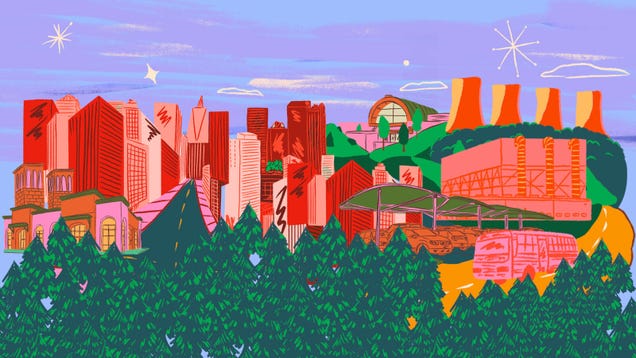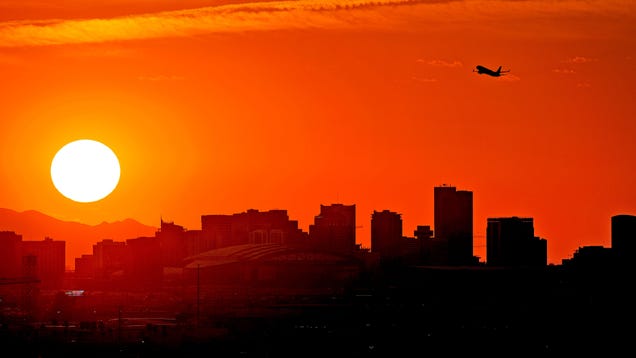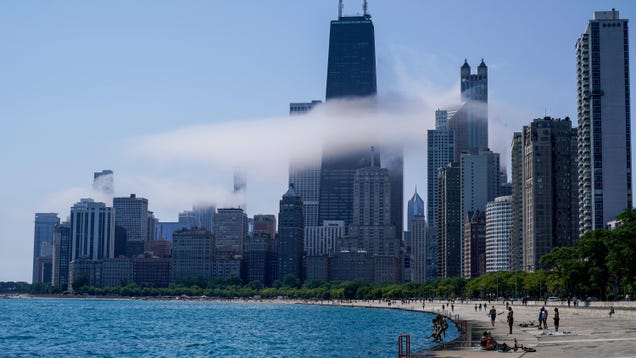

This story is co-published with Grist, and is part of Record High, a Grist series examining extreme heat and its impact on how—and where—we live.

Try walking outside on a midsummer day in New York City. You’re sweating buckets. You can smell garbage rotting by the side of the road. The sunlight and heat seem to reflect from the steaming pavement, which is so hot to the touch it burns your skin.

Heat is a silent hazard sitting beneath cities, threatening to shift infrastructure. A study published this week in Communications Engineering, outlines how heat could be changing major cities, but urban areas throughout the U.S. may not be prepared.
